 "ttyymmnn" (ttyymmnn)
"ttyymmnn" (ttyymmnn)
09/01/2015 at 12:35 • Filed to: planelopnik, planelopnik history
 9
9
 4
4
 "ttyymmnn" (ttyymmnn)
"ttyymmnn" (ttyymmnn)
09/01/2015 at 12:35 • Filed to: planelopnik, planelopnik history |  9 9
|  4 4 |
This is today’s Aviation History Speed Round , getting you caught up on milestones and important historical events in aviation from August 29 through September 1.
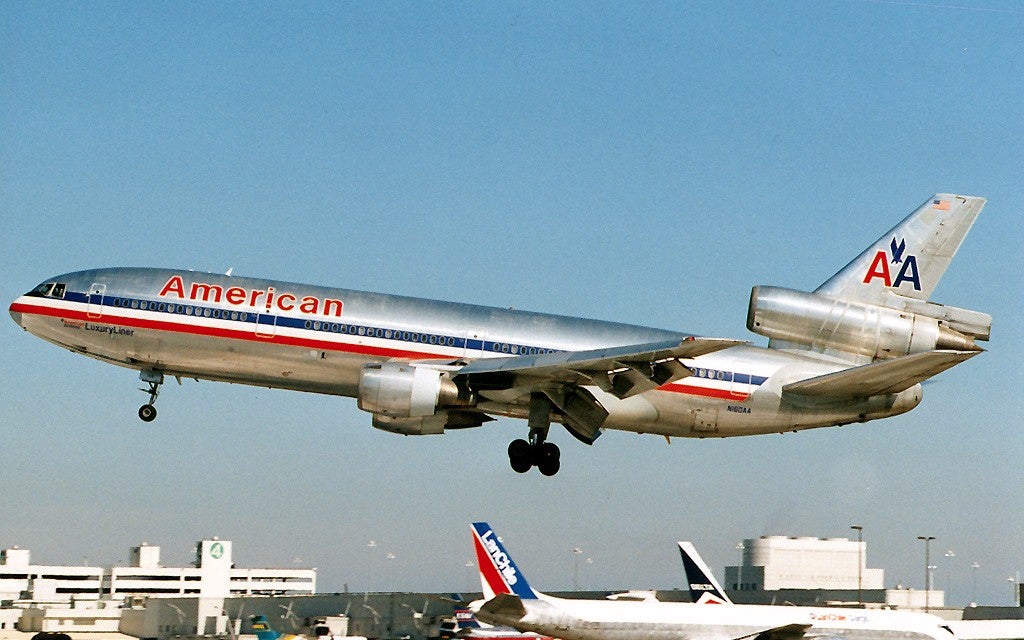
August 29, 1970 – The first flight of the McDonnell Douglas DC-10. In the 1960s, the US Air Force was looking for a large logistical aircraft as part of its CX-HLS program. Lockheed was the eventual winner of that competition with their !!!error: Indecipherable SUB-paragraph formatting!!! , but other manufacturers hoped to salvage something from their development work and hoped to transform their new aircraft into an airliner. With increasing passengers on domestic air routes, the move to wide-body airliners was the next step in airliner development, and in 1966 American Airlines announced a specification for an airliner that would be smaller than the Boeing 747 and capable of operations from shorter air strips while still capable of a similar range and payload. After the merger of McDonnell and Douglas, the DC-10 would be the company’s first commercial endeavor, and they initially considered a four-engine, double-decker arrangement before settling on a wide-body tri-jet configuration that would seat about 400 passengers. The DC-10 entered service with American Airlines on August 5, 1971, and with United Airlines two weeks later. With a similar tri-jet in production by their competitors at Lockheed, the !!!error: Indecipherable SUB-paragraph formatting!!! , McDonnell Douglas hoped to entice buyers by offering different engine configurations that would offer different levels of range and economy. The -10 model was considered the domestic version, while the -30 and -40 models were targeted at longer range international customers. Early in its lifetime, the DC-10 garnered a reputation as an unsafe or dangerous aircraft. To be sure, there were a number accidents with the early versions of the aircraft, but continuous upgrades and improvements eventually put the DC-10 on par with other airliners for safety and reliability. The DC-10 is now used primarily as a freighter in the US, and a program to replace the cockpit with modern avionics that will remove the need for a flight engineer is ongoing, with the new aircraft being designated the MD-10. The DC-10 was also converted into a tanker configuration for the US Air Force, where it is known as the !!!error: Indecipherable SUB-paragraph formatting!!! . (Photo by JetPix via !!!error: Indecipherable SUB-paragraph formatting!!! )
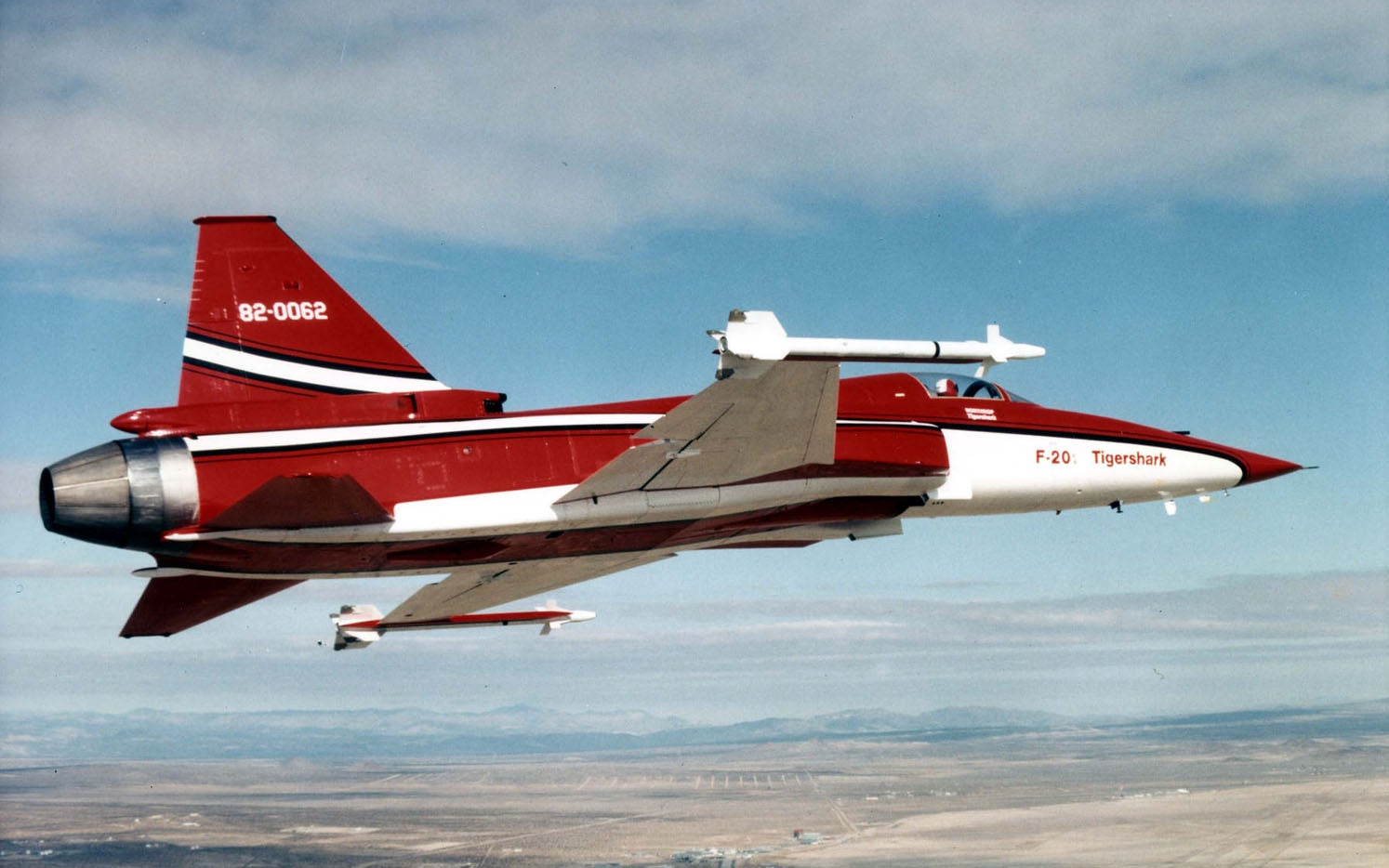
August 30, 1982 – The first flight of the Northrop F-20 Tigershark. When Northrop first flew the F-5 in 1959, they were bucking a trend. Fighters had become ever more complex—and expensive—and Northrop’s little hot rod would set the bar for capable fighter aircraft that were effective over the battlefield but not prohibititvely expensive to service or operate. The F-5 became an excellent low-cost export for nations friendly to the US. But by the late 1970s, export restrictions meant that the newest American fighters could not be sent overseas for fear of American technology falling into enemy hands, and the US needed a new simple, yet powerful, fighter to take on the role that had been filled by the F-5. Thus began the Air Force’s FX program, and both Northrop and General Dynamics responded, with Northrop presenting the F-5G and General Dynamics proposing the !!!error: Indecipherable SUB-paragraph formatting!!! , a downgraded version of the fighter it was producing for the US Air Force. Political waffling and changing export guidelines eventually allowed General Dynamics to export the F-16, and Northrop needed to improve the F-5G to match the F-16’s performance. The new fighter would use the same General Electric F404 engine that was developed for the !!!error: Indecipherable SUB-paragraph formatting!!! , giving the F-20 a 60% improvement in thrust over the F-5G. It also was given updated avionics and the ability to fire the beyond-visual-range AIM-7 Sparrow missile, a capability that the F-16 was not able to match. Testing of the new fighter progressed admirably, and the Tigershark proved to be a formidable aircraft, providing at least as much punch as the F-16 but at significantly less cost. Ultimately, though, the F-20 would prove to be a case of an excellent aircraft with tragically bad timing. With no support from the US government, changing export restrictions, and a lack of any international buyers after most opted for the more advanced F-16, the F-20 was eventually canceled in 1986 after only three aircraft had been produced. The Tigershark may well go down in history as the greatest jet fighter that was never built. (US Air Force Photo)
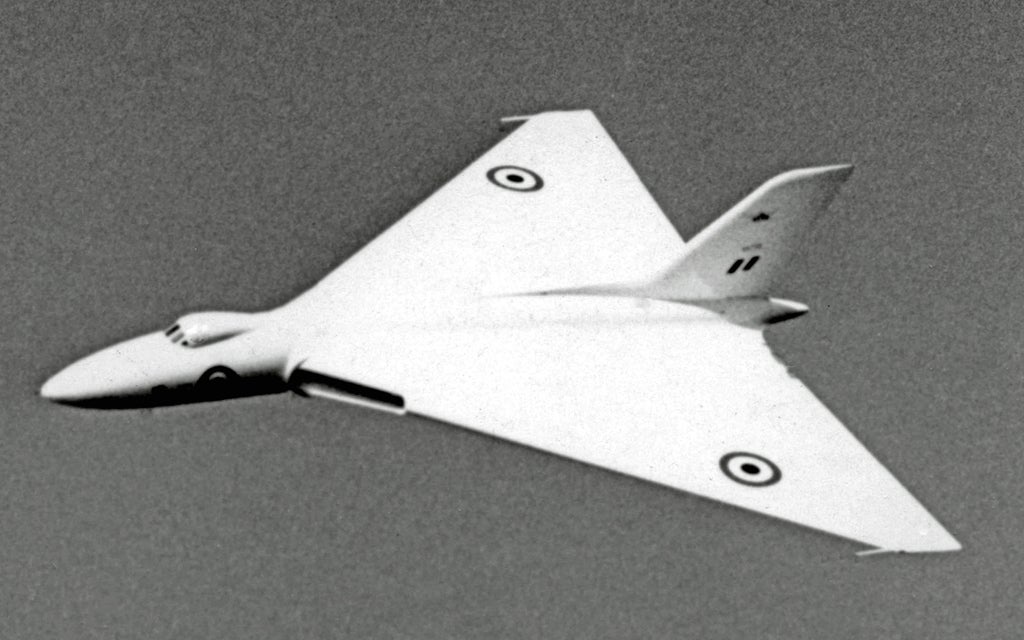
August 30, 1952 – The first flight of the Avro Vulcan. Immediately following WWII, the the RAF issued Specification B.35/46 that called for the creation of a new strategic bomber that would have four jet engines, a cruising speed of 500 knots and a ceiling of at least 55,000 feet. Two aircraft manufactures, Handley Page and Avro answered the call, each making a unique aircraft that would end up serving side by side for many years. Handley Page designed their swept-wing !!!error: Indecipherable SUB-paragraph formatting!!! while Avro developed the Vulcan, and along with the !!!error: Indecipherable SUB-paragraph formatting!!! these three aircraft would be known as the “V Bombers.” While delta wings would come of age later in the decade of the ‘50s, their use was still novel and untested, so to make sure their concept would work, Avro started out with a series of scale models to prove the concept. The first was the single-seat !!!error: Indecipherable SUB-paragraph formatting!!! which first flew in 1949. While that aircraft crashed, killing the pilot, more models of the 707 followed which solved the problems of handling and resulted in a very stable aircraft. While Avro had received permission to build a full-scale aircraft in 1948, they didn’t fly the big bomber until 1952. And the British government ordered the production of the Valiant in the event that the Vulcan was a failure. But those fears proved to be unfounded, and the Vulcan turned out to be an extremely stable and capable aircraft. After ironing out a few remaining issues, the B.1 model entered service in 1956, and the B.2, with an improved wing and more powerful engines, entered service in 1960. The Vulcan was conceived as a long-range nuclear deterrent, and its range was demonstrated during a round-the-world tour soon after the aircraft entered service. Aerial refueling capabilities were also added to further increase range. While Vulcan was never called upon to perform its nuclear mission, the aircraft was also capable of carrying 21,000 lbs of conventional bombs, and it saw action in the !!!error: Indecipherable SUB-paragraph formatting!!! in 1982, flying from Ascension Island to bomb Argentine forces in an 8000 mile round trip. The 136 Vulcans produced served for almost 30 years, and were retired in 1984. (Photo by RuthAS via !!!error: Indecipherable SUB-paragraph formatting!!! )
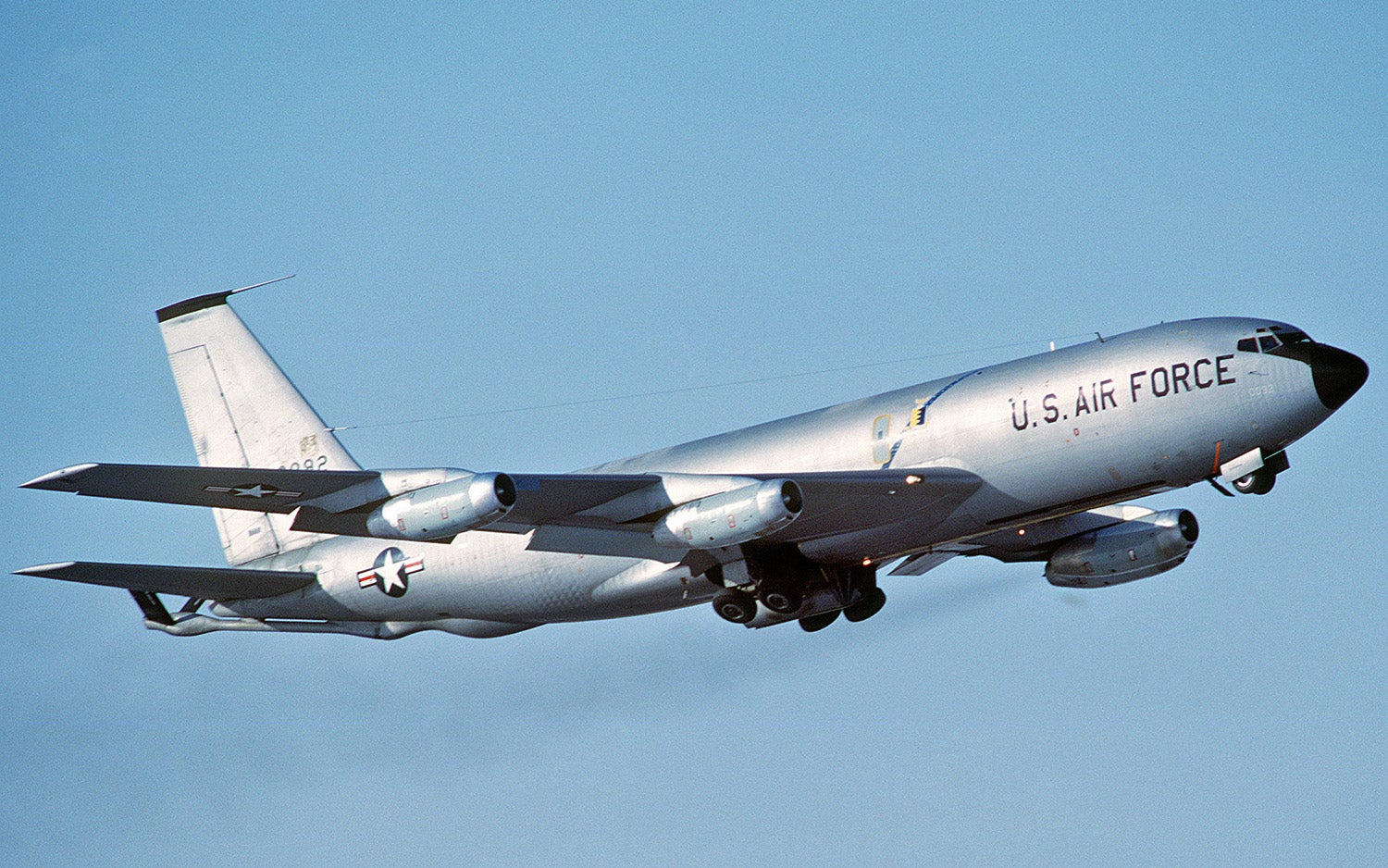
August 31, 1956 – The first flight of the Boeing KC-135 Stratotanker.
Aerial refueling goes back to the 1920s, but as the US Air Force entered the jet age following WWII it quickly became apparent that the current fleet of propeller-powered aerial tankers was not fast enough to keep up with the new jet-powered fighters and bombers. In 1954, the Air Force announced its intention to procure a modern tanker/transport aircraft to replace the
!!!error: Indecipherable SUB-paragraph formatting!!!
, and both Boeing and Lockheed competed for the contract. Lockheed proposed the
!!!error: Indecipherable SUB-paragraph formatting!!!
, a design with two rear-mounted engines, and Boeing offered a version of their 367-80, better known as the Dash 80, the prototype of what would become the 707. Though the Lockheed design was declared the winner, their aircraft was still on the drawing board while the Boeing design was already flying and could be delivered two years ahead of the L-193. So the Air Force changed its mind and went with the Boeing design, which they designated the KC-135. Boeing gave the aircraft the designation 717, and it actually predates the civilian 707 airliner. The Air Force initially expected the KC-135 to provide refueling for long-range SAC bombers such as the Boeing B-47, but during the Vietnam War the Air Force (and US Navy and Marines) learned that having tankers on station near the battlefield could dramatically extend the loiter time of fighters and attack aircraft. Planes that could once only spend minutes over a target could now loiter for hours with advanced refueling. So the KC-135, which was originally fitted with the “flying boom” refueling probe used by Air Force aircraft, was modified to support the probe-and-drogue system in use by the Navy and Marines. The Stratotanker has been continually upgraded throughout its service life, particularly receiving more powerful and efficient engines and improved avionics, and provides refueling services the world over. It is one of only a small handful of aircraft to log over 50 years of service. The KC-135 will start to be replaced in 2018 by the
!!!error: Indecipherable SUB-paragraph formatting!!!
, which is a development of the
!!!error: Indecipherable SUB-paragraph formatting!!!
airliner.
(US Air Force Photo)
Short Take Off
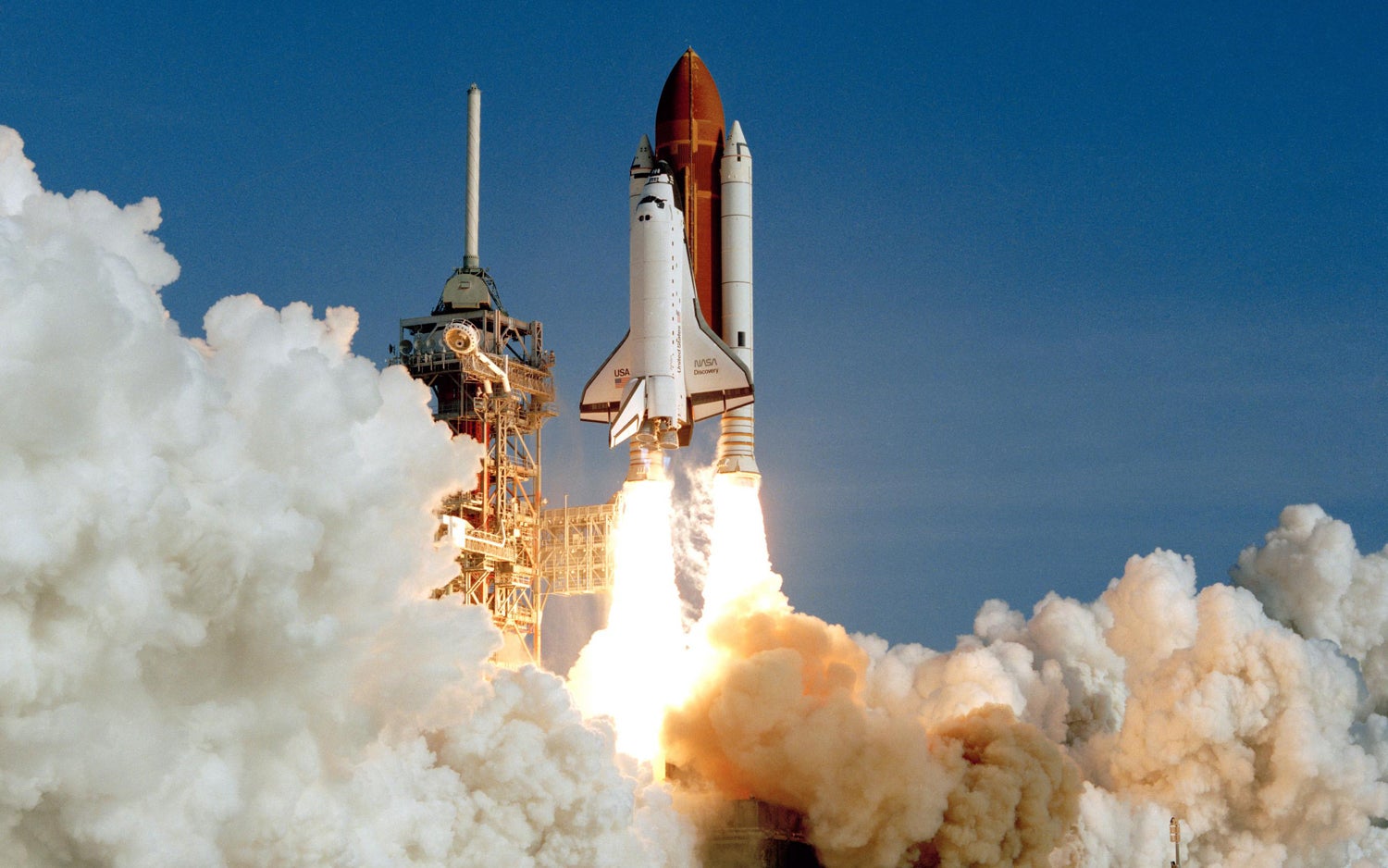
August 30, 1984 – The first flight of Space Shuttle Discovery , the third Space Shuttle put in service by NASA. Discovery would serve for 27 years, spending 365 days in space while completing 39 missions, traveling 149 million and completing 5,830 orbits. Discovery was retired after its final mission in 2011 and is now on display at the Smithsonian’s !!!error: Indecipherable SUB-paragraph formatting!!! in Virgina. (NASA Photo)
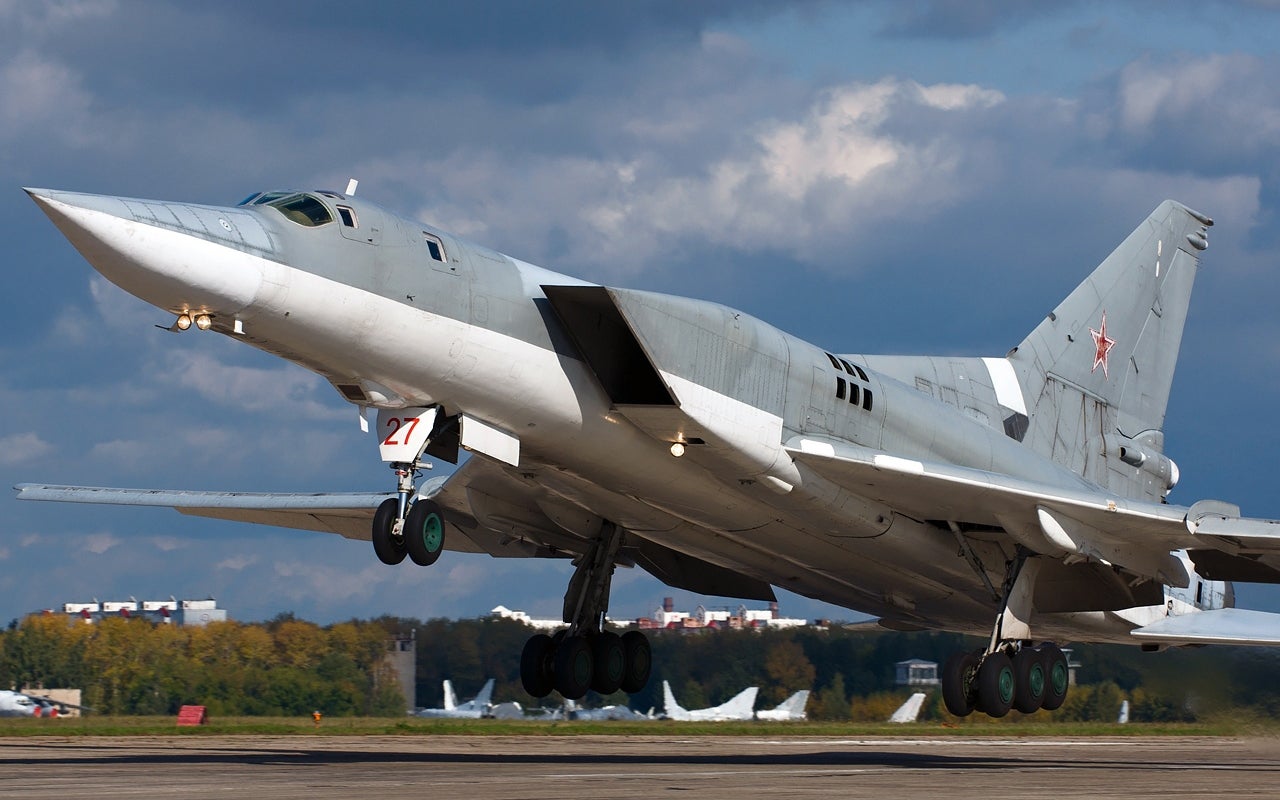
August 30, 1969 – The first flight of the Tupolev Tu-22M. Known as the Backfire by NATO, the Tu-22M is a variable geometry, supersonic strategic bomber that is capable of carrying a large payload of bombs, air-to-surface missiles and anti-ship missiles, both internally and on external hardpoints. The Backfire saw service during the !!!error: Indecipherable SUB-paragraph formatting!!! (1979-1989), and remains in service with the air forces of Russia and Ukraine. (Photo by Alex Beltyukov via !!!error: Indecipherable SUB-paragraph formatting!!! )

August 30, 1913 – American inventor Lawrence B. Sperry successfully demonstrates the first autopilot
, a gyroscopic stabilizing device that hydraulically controlled the aircraft’s elevators and rudder and was capable of keeping a plane level and on a compass course, thus greatly relieving pilot workload on long flights.
(Read more about Lawrence Sperry, and how he invented the Mile High Club, at
!!!error: Indecipherable SUB-paragraph formatting!!!
)
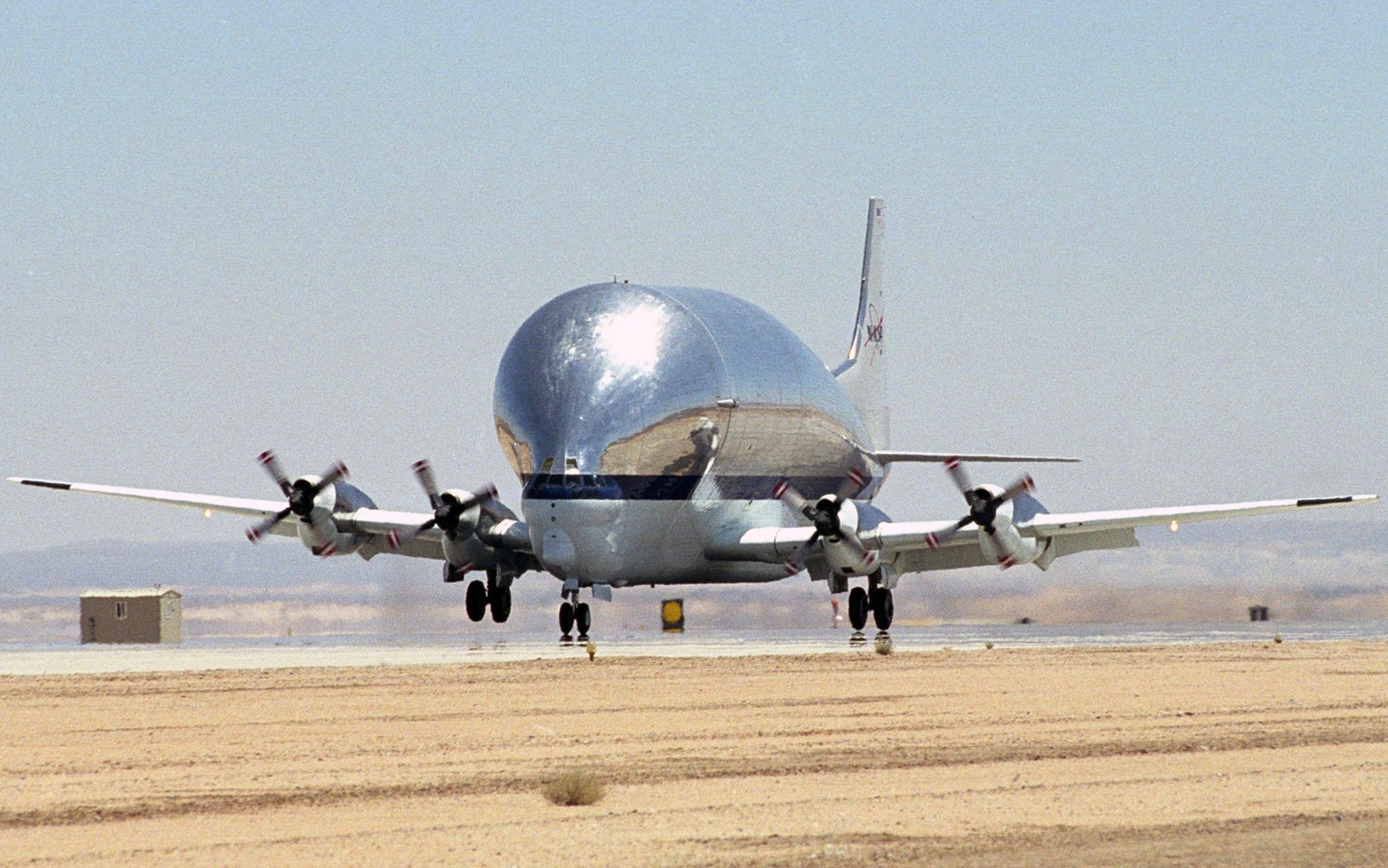
August 31, 1965 – The first flight of the Aero Spacelines Super Guppy. The Super Guppy was built on the fuselage of a Boeing C-97J Turbo Stratocruiser, itself the military version of the Boeing 377 Stratocruiser. Upgraded engines allowed the Super Guppy to carry a load of 54,000 pounds at 300 mph. Only one Super Guppy was built before further developments led to the Super Guppy Turbine, of which four were built. These were powered by Allison 501-D22C turboprop engines. (NASA Photo)
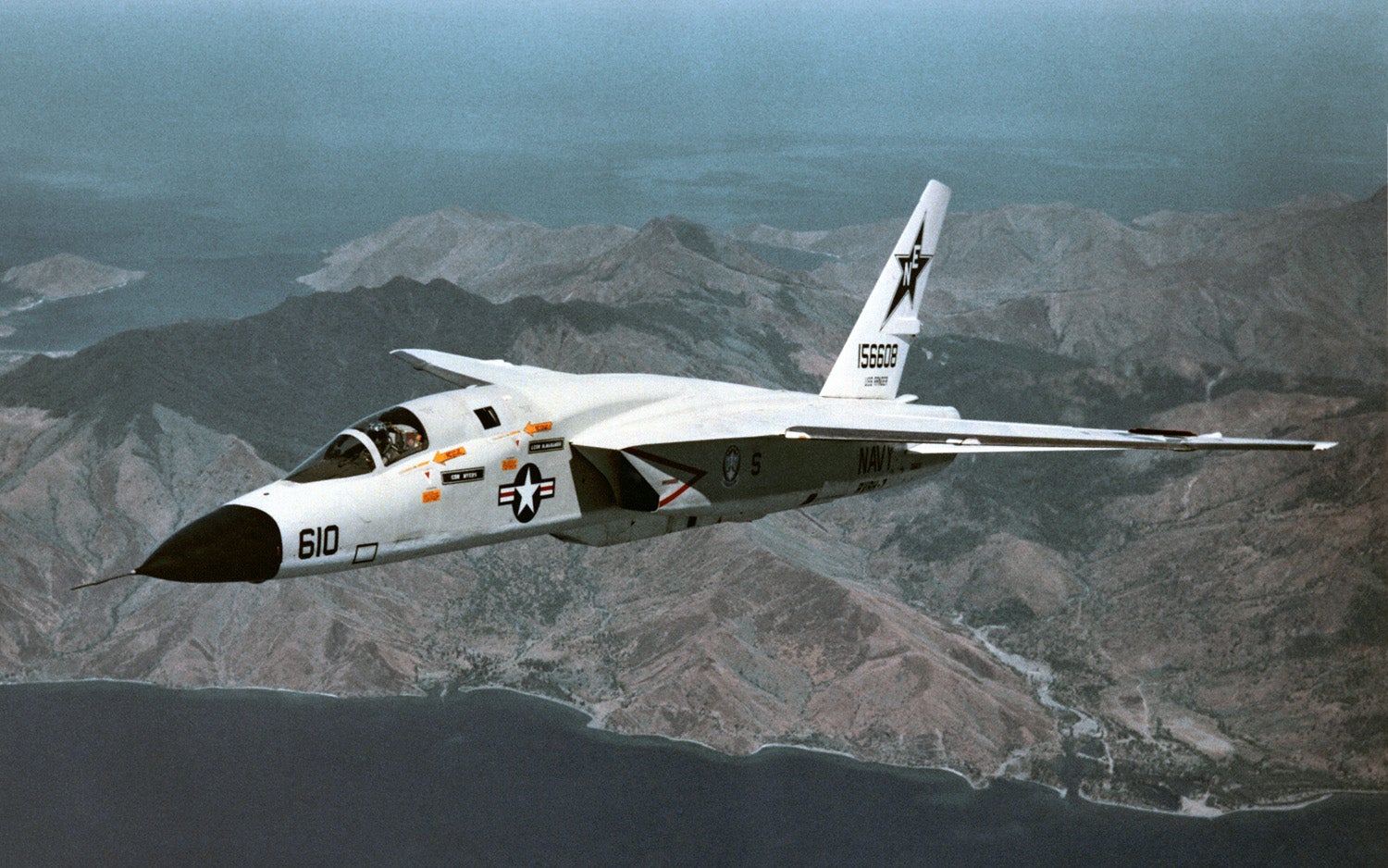
August 31, 1958 – The first flight of the North American A-5 Vigilante.
Originally designed as an all-weather carrier-borne nuclear strike aircraft for the US Navy, the Vigilante performed predominately in the role of tactical reconnaissance as the RA-5C, seeing extensive action in the Vietnam War. One of the largest aircraft ever to operate regularly from a US carrier, the Vigilante was retired in 1979 as multi-role fighters took over its reconnaissance mission.
(US Navy Photo)
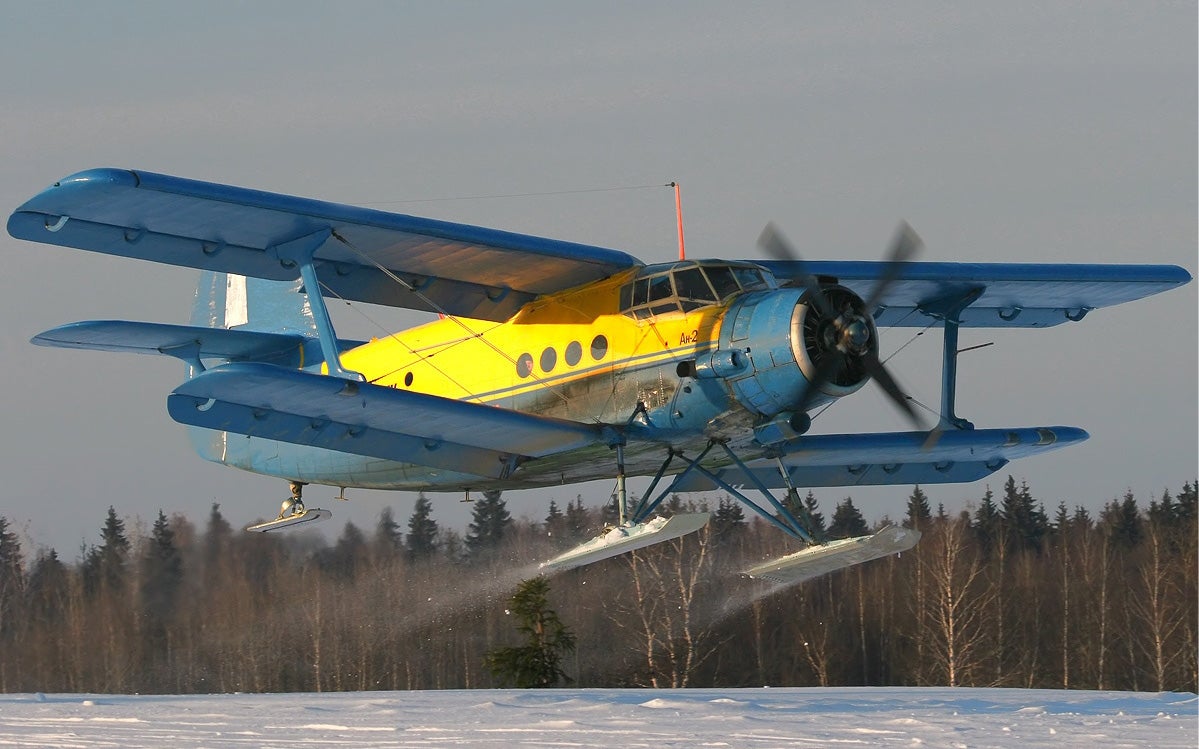
August 31, 1947 – The first flight of the Antonov An-2. Over 18,000 copies of this rugged, single-engine biplane have been built since production began in 1947, and the An-2 continues to fly from short and unimproved airstrips all over the world. The production run of the An-2 is surpassed only by the !!!error: Indecipherable SUB-paragraph formatting!!! . (Photo by Sergey Ryabtsev via !!!error: Indecipherable SUB-paragraph formatting!!! )
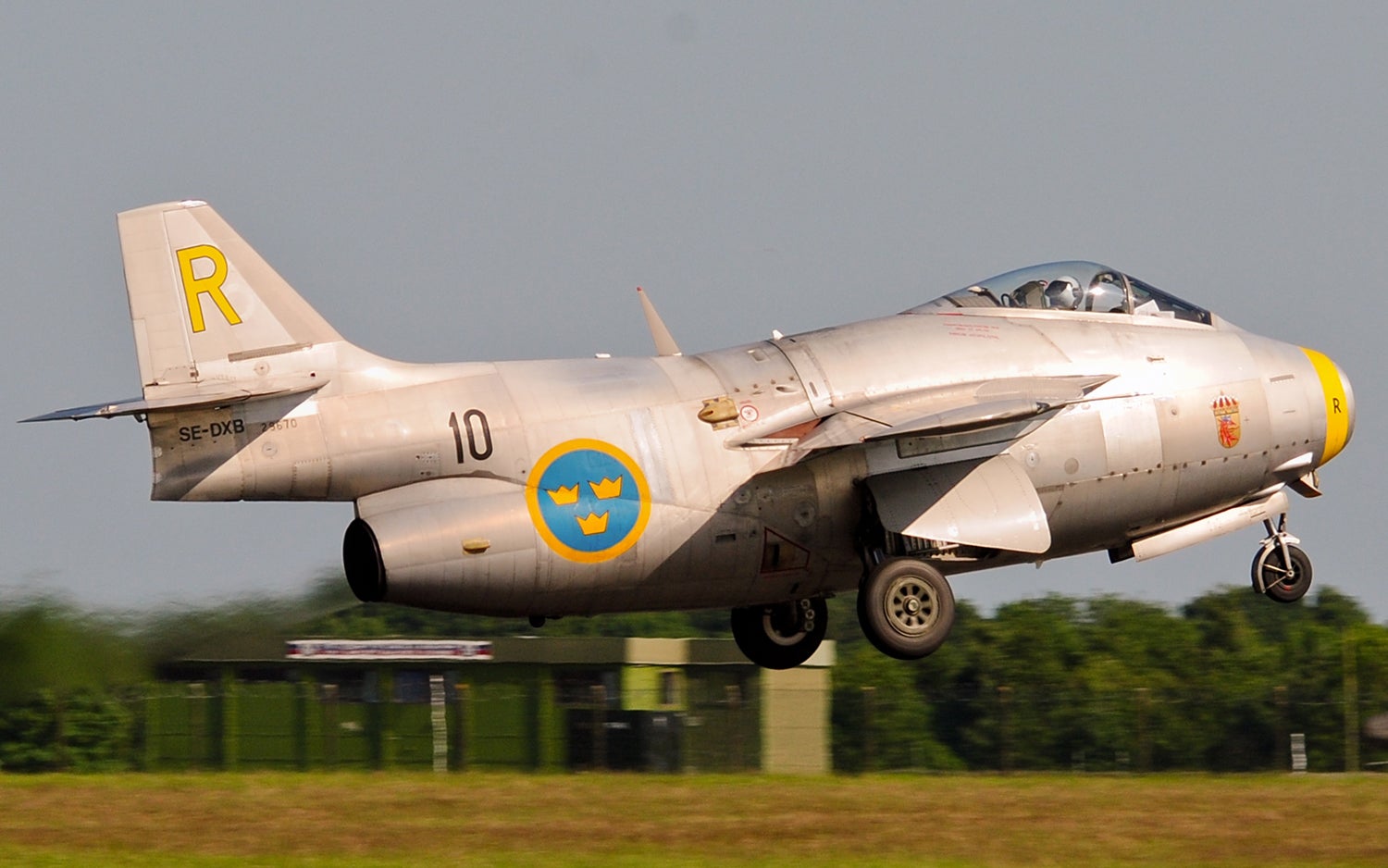
September 1, 1948 – The first flight of the Saab J-29. Nicknamed Tunnan (“Barrel”), the J-29 was Sweden’s second turbojet-powered fighter after the !!!error: Indecipherable SUB-paragraph formatting!!! , and despite its ungainly appearance, the Tunnan was a highly effective and agile fighter that served the Swedish Air Force for over 25 years before its retirement in 1976. (Photo by John5199 via !!!error: Indecipherable SUB-paragraph formatting!!! )
•••••••••••••••••••••••
If you enjoy these Aviation History posts, please let me know in the comments. And if you missed any of the past articles, you can find them all at !!!error: Indecipherable SUB-paragraph formatting!!! .
Unless otherwise credited, all photos are, or are believed to be, Public Domain, ownership could not be determined, or were taken by the author.
 user314
> ttyymmnn
user314
> ttyymmnn
09/01/2015 at 21:17 |
|
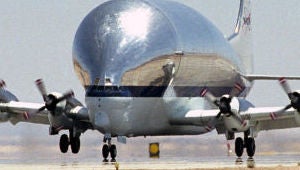
I still can’t believe that underneath there somewhere, buried deep in the original design, is the B-29.
 ttyymmnn
> user314
ttyymmnn
> user314
09/01/2015 at 22:22 |
|
It’s a testament to the original design.
 facw
> ttyymmnn
facw
> ttyymmnn
09/01/2015 at 23:41 |
|
Found this pic a few days ago:
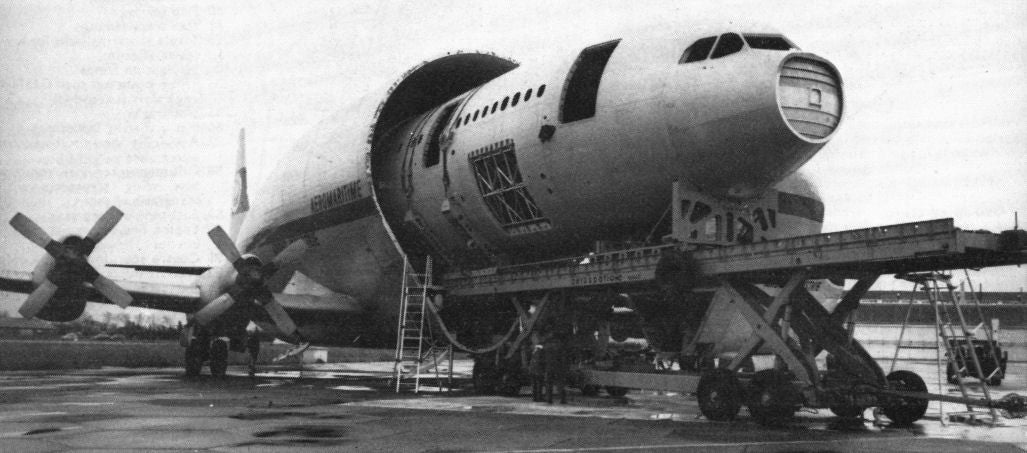
Astounding to think that it can swallow up the front half of a widebody jet with ample room to spare.
 ttyymmnn
> facw
ttyymmnn
> facw
09/01/2015 at 23:54 |
|
Amazing.